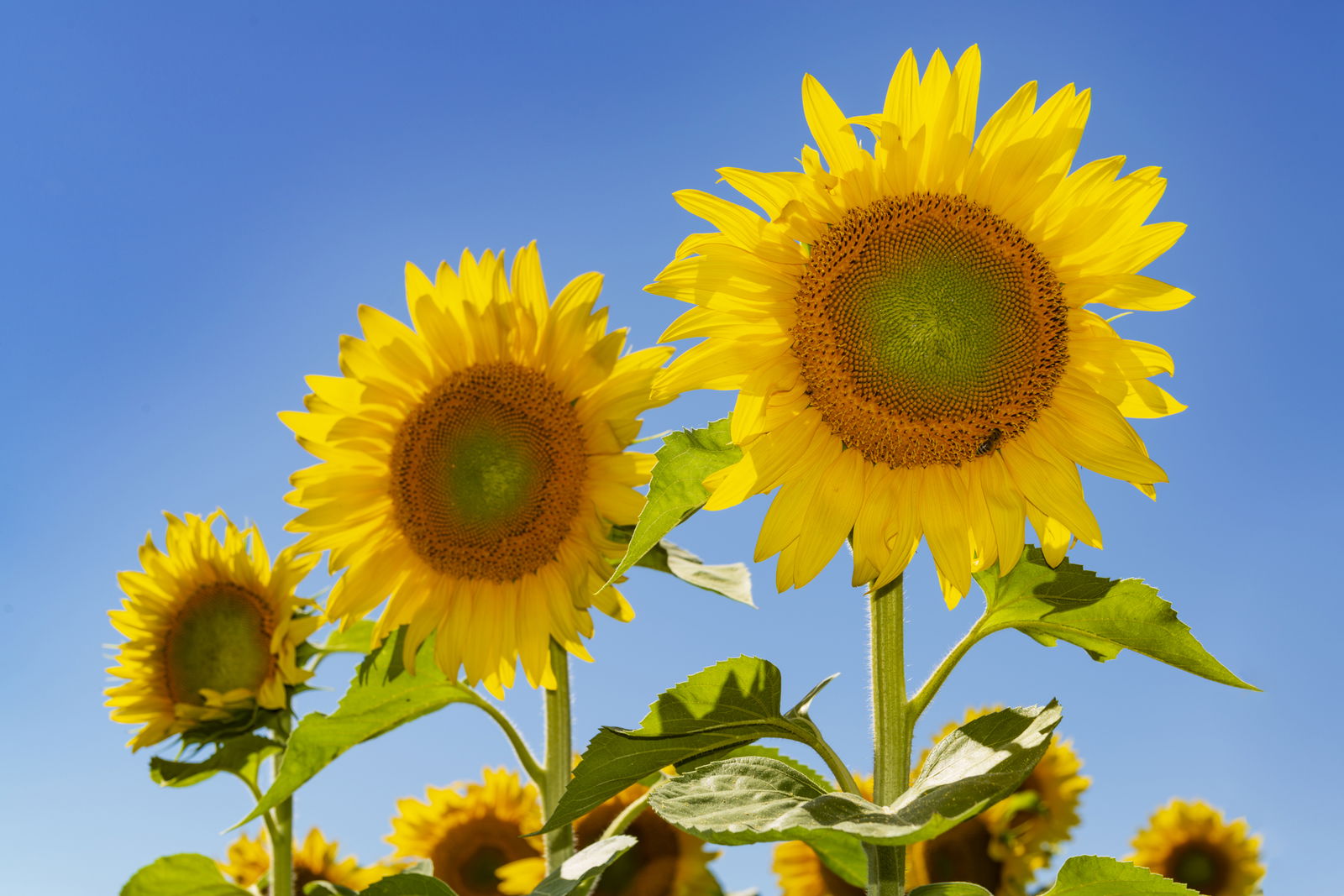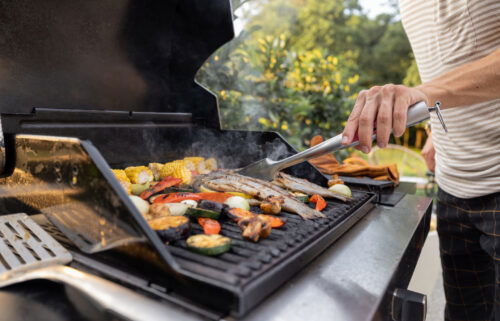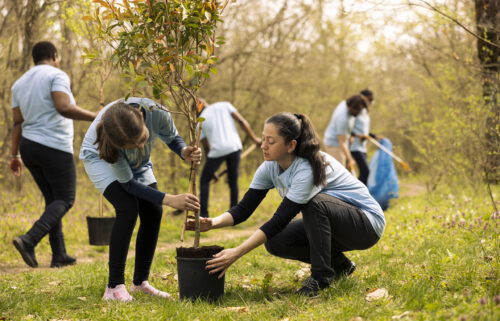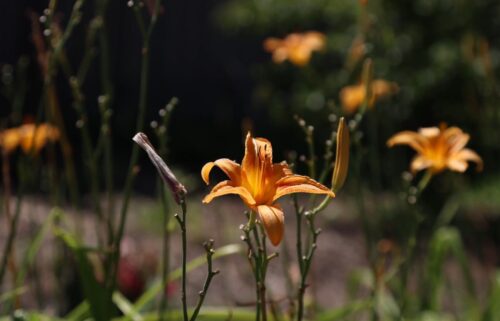Munch bunch of edible flowers

By My Courier-Tribune
Edible blooms give flower power to spring meals, said University of Missouri Extension horticulturist Michele Warmund.
Edible flowers add nutrition, texture and color to your plate, Warmund said. They can be candied, stir-fried, added to butters, steeped for teas and added to breads, soups, sauces, desserts or salads.
Some of the culinary shining stars in flower beds include bee balm, calendula, daylily, pansy, viola, lavender, marigold, nasturtium, pinks, rose and sunflower. Flowers of vegetables and herbs, such as squash, scarlet runner beans and chives, are also edible.
Several shrubs and trees also produce edible flowers. Common lilac shrubs bear scented purple flowers in mid-to-late spring. Another shrub, rose of Sharon, produces red, white, pink or violet flowers in late summer. These flowers can be a showy garnish or part of stuffed hors d’oeuvres. Redbud trees produce deep pink or white spring flowers that add crunch and a sweet flavor to fresh peas and other vegetables, according to a press release.
Edible flowers grow in natural habitats as well as garden beds, said Warmund. You can dip elderberry umbels (flower clusters) in batter and fry for a tasty fritter, or use individual flowers to make a delightful beverage. Chicory, common in fields and pastures, adds interest to fresh salads. Use with oranges to make jelly.
Flowers from several “weedy” plants are edible also. Add freshly harvested dandelion flowers to batter for pancakes in the spring. For another treat, steep dried red clover petals in boiling water to make a tea and serve biscuits with clover petals in them.
“Wild Edibles of Missouri,” published by the Missouri Department of Conservation and available as a downloadable PDF, lists edible wildflowers and plants as well as recipes.
Identify and research flowers before eating, Warmund said. Some plants have toxins and pollen that can cause nausea, vomiting, chest or stomach discomfort, dizziness, hallucinations or allergic reactions. Children and people with allergies are most at risk.
Reduce risks from unsafe flowers by using ones grown organically, away from chemical drift from gardens and lawns. Avoid flowers growing along roadsides that might be sprayed with herbicides.
Pick buds, open flowers or single petals early in the morning when it’s cooler outside. Remove large flower parts that may contain pollen. Rinse flowers for immediate use and remove pests and debris. If preserving for later use, put cut stem ends in water, or enclose in plastic bags and refrigerate.
To preserve, tie in bundles and hang in a dry, dust-free area. Make candied flowers by dipping flowers in an egg white solution, then dip or paint them with superfine granulated sugar. Dry on waxed paper and seal in containers for cold storage.
Learn about more edible flowers at ipm.missouri.edu/MEG/2022/5/edibleFlowers-MW.



